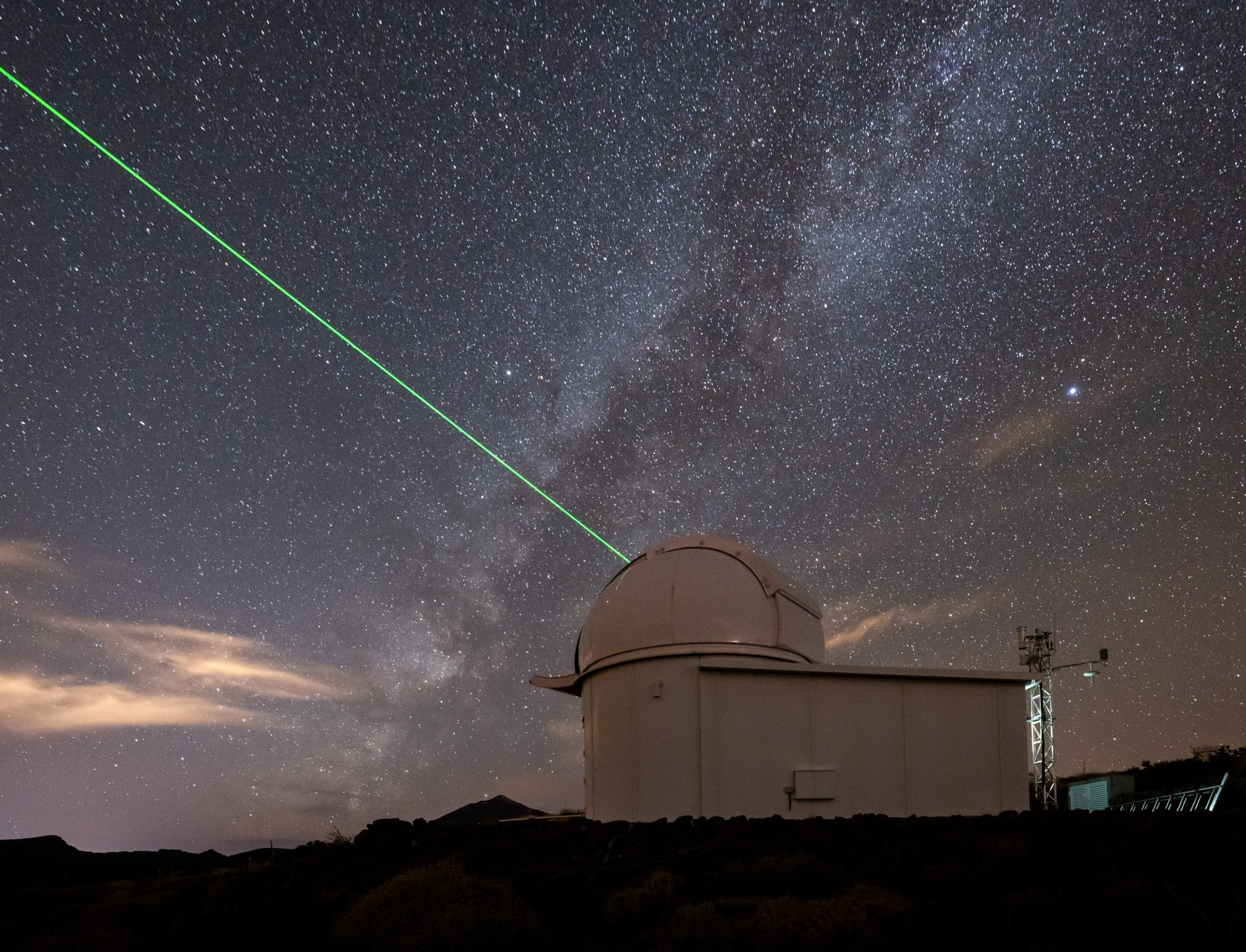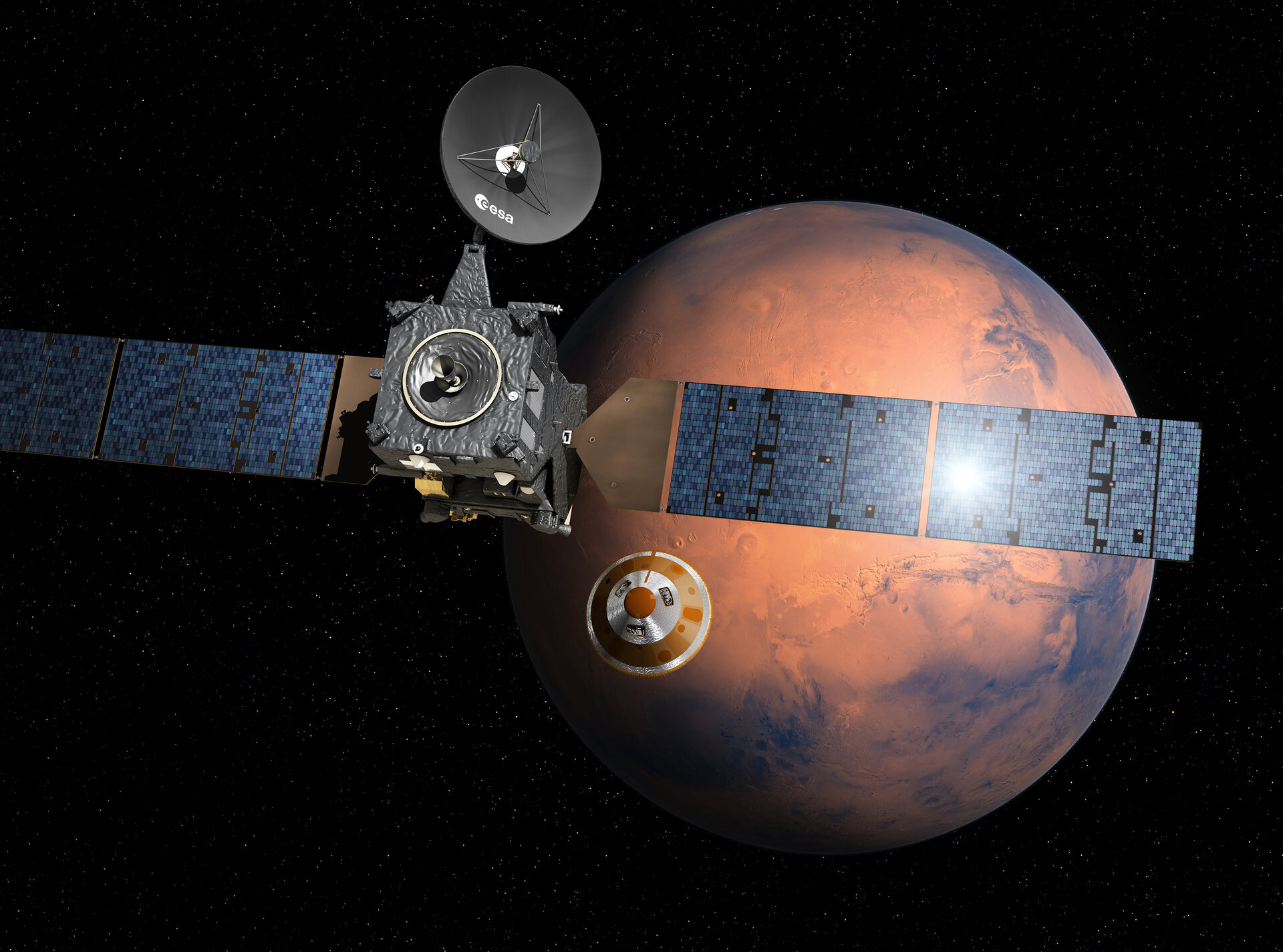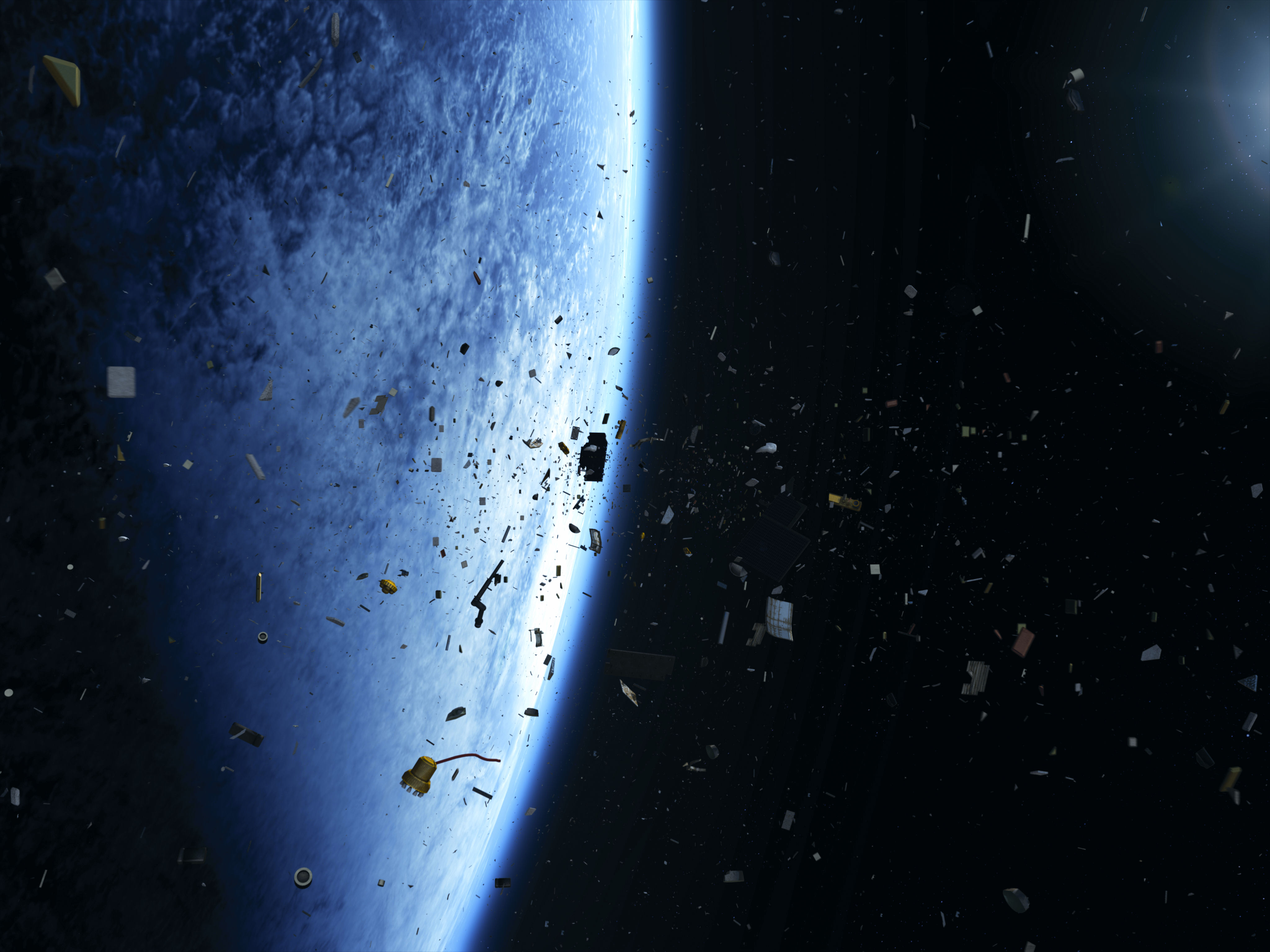ESA to capture light from deflected asteroid’s new plume
On 26 September, NASA will purposefully crash their DART spacecraft into the 160 m wide Dimorphos asteroid, in the first-ever test of deflection by means of ‘kinetic impact’. The moment the spacecraft collides with the asteroid a plume of material is expected to be thrown into space, which will tell us a great deal about the rock’s composition and how much energy has been transferred. ESA will contribute significantly to ground-based observations of the plume, as telescopes contracted by the Agency’s Near-Earth Object Coordination Centre get ready to witness history.
Over the past few years, astronomers have been very busy observing a pair of gravitationally bound asteroids, together in orbit around the Sun, to get precise data on their orbit. Dimorphos is the smaller ‘moonlet’ of the binary system, which orbits the larger, central asteroid, Didymos.
As DART impacts Dimorphos, it is expected to slightly alter the asteroid moon’s orbit around Didymos. To calculate how much the moon’s orbit is altered over time we’ll measure its ‘light curve’ by observing the reflected sunlight with telescopes on the ground and calculating the change in the orbital period of the double-asteroid system. Satellites in orbit, including the Hubble and James Webb space telescopes will also join the effort.
Many of the ground-based telescopes participating in the light curve observing campaign won’t get a direct view of the moment of impact, because of Didymos’ position in relationship to Earth at the time. ESA’s Near-Earth Object Coordination Centre (NEOCC) will have eyes on the sky as DART strikes and a plume of material is expected to be ejected from the stricken asteroid.
Studying the first moments of this dusty plume will add to our understanding of the DART impact, revealing the amount of mass ejected and as a result, how much of a shove the colosseum-sized space rock has received.
Read the full article on the ESA website.
The NEOCC is a core copmponent of the Planetary Defence activities of ESA's Space Safety programme.



